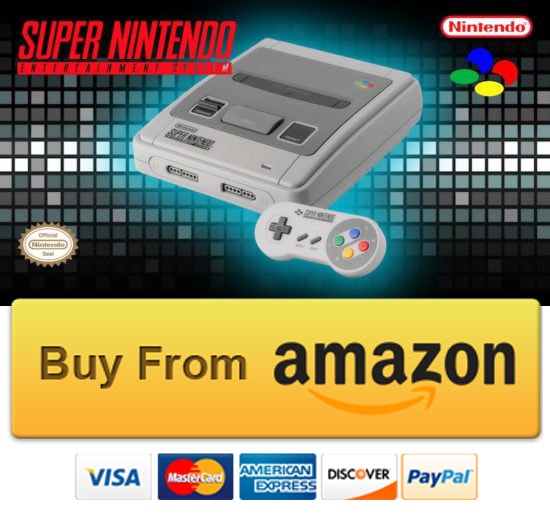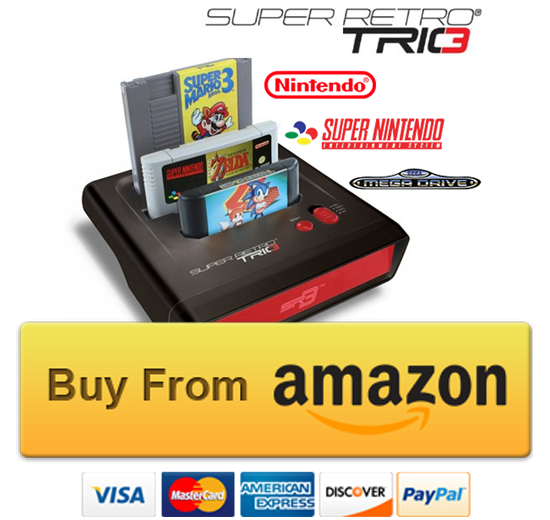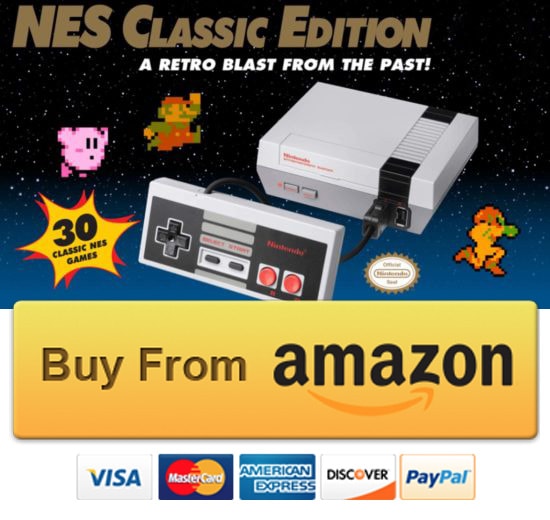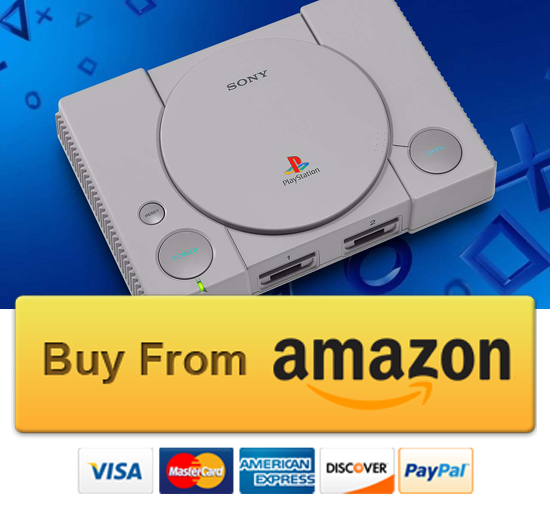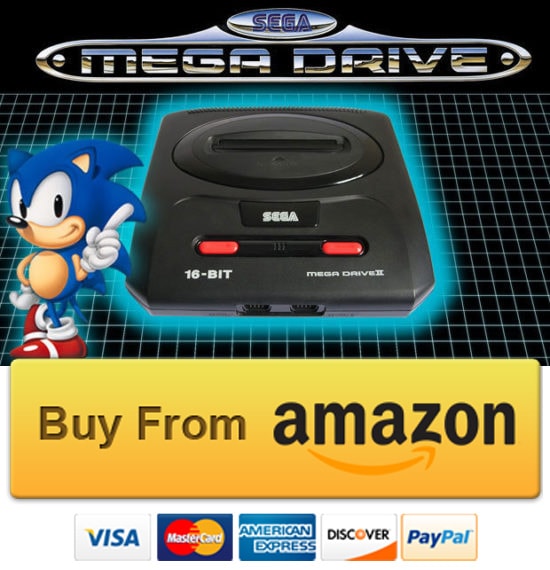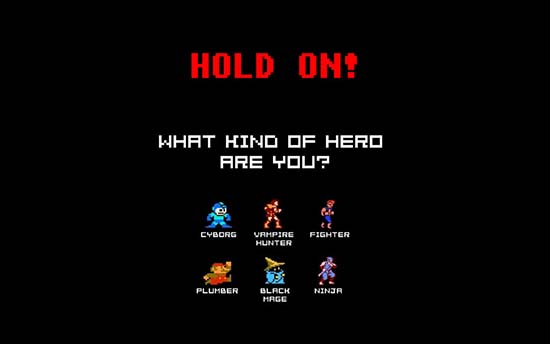CLICK TO READ MORE:VIDEO GAMES OF 1983 Video Games 1983: The fourth Arcade Awards are held, for games released during 1981-1982, with Tron winning best arcade game, Demon Attack best console game, David’s Midnight Magic best computer game, and Galaxian best standalone game. At the first Golden Joystick Awards ceremony (held in 1984), Jetpac takes Game of the Year. Please scroll down to vote for your favorite video games of 1983. Thanks! A major shakeout of the North American video game industry (“the crash of 1983”) begins. By 1986, total video games sales will decrease from US$3.2 billion to US$0.1 billion. Video game crash of 1983 Apple Computer releases the Apple IIe, which becomes their most popular 8-bit machine. Microsoft Japan releases MSX, an early standardized home computer architecture. Atari releases the poorly received 1200XL computer. Late in the year it and the rest of the Atari 8-bit family are replaced by the 600XL and 800XL. Mattel Electronics releases the Aquarius home computer, originally designed by Radofin Electronics Far East. Coleco releases the Adam home computer. It is only on the market for 15 months. Mattel discontinues the Aquarius. Acorn Computers release the Acorn Electron, a cut down version of their BBC Micro to compete in the under £200 home computer market. Problems in manufacture see only 1 in 8 presales being delivered for the Christmas market. Sega releases the SC-3000, a personal computer version of the SG-1000 console, in Japan. Sega releases the SG-1000 console in Japan, on the same day as the Famicom. Nintendo releases the Family Computer (Famicom) console in Japan. Shortly after its release, complaints begin to surface about rampant system instability, prompting Nintendo to issue a product recall and to rerelease the machine with a new motherboard. It would later be released worldwide as the Nintendo Entertainment System (NES). Sega Laserdisc hardware releases, as the first laserdisc video game hardware. Sega System 1 releases, with Star Jacker game. Its graphics chips are later used in the Sega System 16 and Sega Space Harrier boards. Namco Libble Rabble (System 16 Universal) releases, as Namco’s second arcade system board to use a 16-bit microprocessor. Mattel Electronics publishes World Series Baseball for the Intellivision, one of the first video games to use multiple camera angles. Activision’s final big year of Atari 2600 releases includes Enduro, Decathlon, Keystone Kapers, Robot Tank, and Space Shuttle: A Journey into Space. Computer Video Games 1983: Yuji Horii releases The Portopia Serial Murder Case for the NEC PC-6001 in Japan. It is an influential adventure game that lays the foundations for the visual novel genre. Infocom releases Planetfall, which becomes one of their top sellers. Origin Systems publishes Ultima III: Exodus, one of the first role-playing video games to use tactical, turn-based combat. It is released for the Apple II, Atari 800, Commodore 64, and IBM PC. ASCII releases Bokosuka Wars for the Sharp X1 in Japan. It is a precursor to the tactical role-playing game and real-time strategy genres. Koei releases Nobunaga’s Ambition for Japanese computers. Its combination of role-playing, turn-based grand strategy and management simulation elements sets a standard for the historical simulation and strategy RPG genres. Electronic Arts publishes its first titles: Hard Hat Mack, Pinball Construction Set, Archon, M.U.L.E., Worms?, and Murder on the Zinderneuf. Also, Bug-Byte releases Matthew Smith’s Manic Miner, a platform game, for the ZX Spectrum. Ultimate Play the Game, later known as Rare, releases its first video games, Jetpac and Atic Atac, for the ZX Spectrum. Hudson Soft releases Bomberman for the MSX and FM-7. Psion releases Chequered Flag, the first driving game published for the ZX Spectrum, one of the first computer car simulators, and the first driving game with selectable cars. The 4-player simultaneous Dandy is released for the Atari 8-bit family. It directly inspires 1985’s Gauntlet arcade game. Arcade Video Games 1983: Namco releases Mappy. Sega releases Astron Belt in the Japanese market, the second laserdisc video game. It uses pre-rendered, computer-animated film footage as backdrops, overlaid with sprite graphics. Atari releases Star Wars, a color vector graphics game based on the popular film franchise. Konami releases Gyruss in Japan. Centuri distributes the game in North America. Nintendo releases Mario Bros., which features the first appearance of Mario’s brother, Luigi. Cinematronics releases Advanced Microcomputer Systems’s Dragon’s Lair, the third laserdisc video game, and the first in the American market. Data East releases Bega’s Battle, a laserdisc video game. It uses anime FMV cut scenes to develop a story between the game’s shooting stages, which would later become the standard approach to video game storytelling. Namco releases Pac & Pal exclusively in Japan. Sega releases Astron Belt in Europe, as the first laserdisc game in the region. Namco releases Phozon exclusively in Japan. Namco releases Libble Rabble.Sega releases Astron Belt in the United States. In addition, Namco releases Pole Position II, adding three additional tracks. Atari releases the trackball-controlled Crystal Castles. Bally/Midway releases Spy Hunter. They also release Jr. Pac-Man and quiz game Professor Pac-Man without Namco’s authorization, and the latter is an immediate flop. Nintendo releases Punch-Out!! in Japan. Williams releases Blaster, which was originally programmed on an Atari 8-bit computer. Composed By: Retroconsole xyz CLICK HERE TO VOTE Arcade By Cinematronics Arcade By NintendoVideo Games 1983
Video Game Crash of 1983
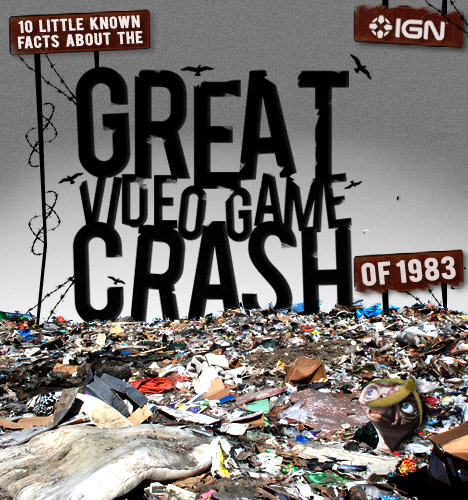
Read also: 10 facts about the video game Crash of 83Home Computers in 1983
Consoles in 1983
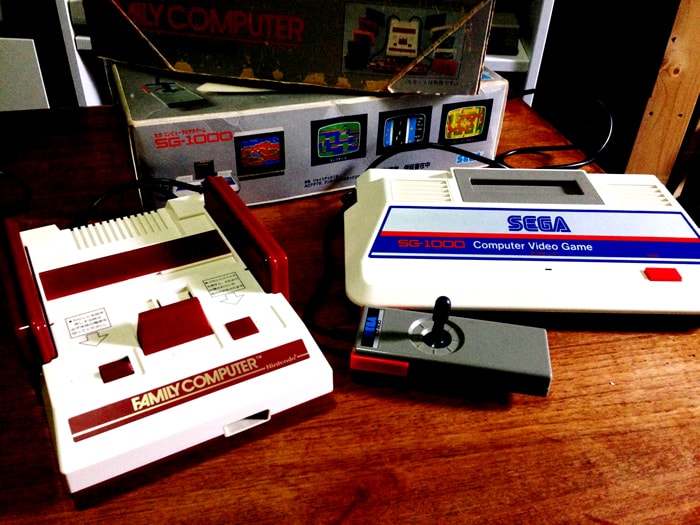
Arcades in 1983
Console Games in 1983
Computer Video Games 1983
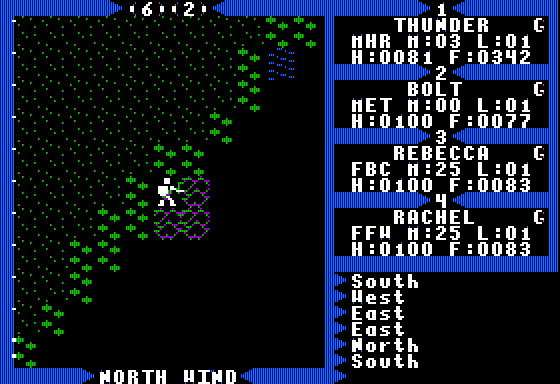
Arcade Games in 1983
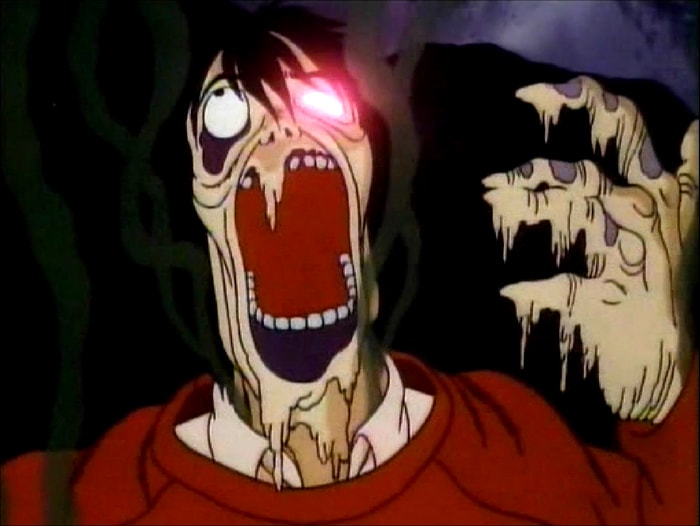
Other Arcade Video Games 1983
Gaming innovations
Dragon’s Lair
Mario Bros.
Coming Soon
Coming Soon
Coming Soon
Coming Soon

